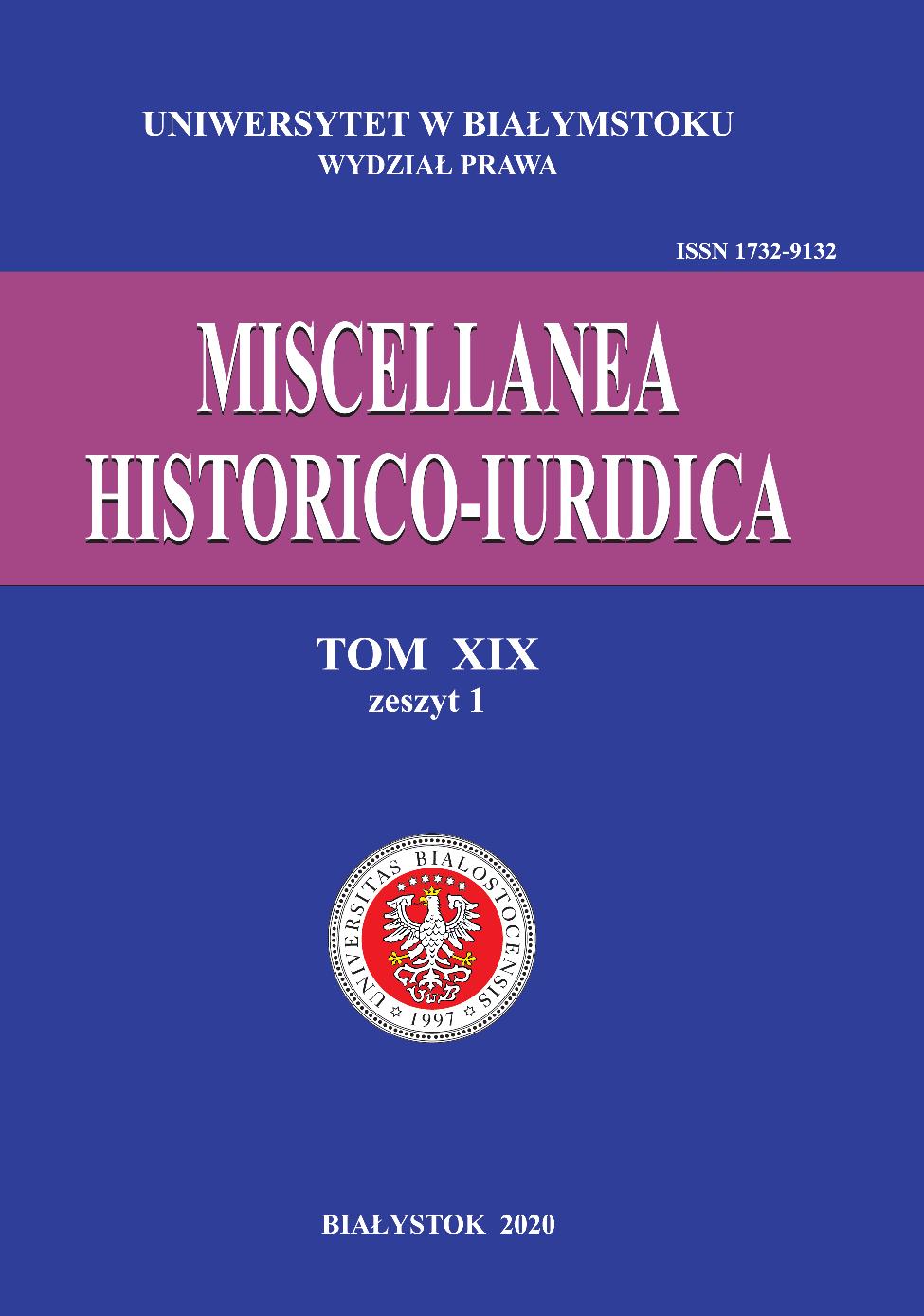The birth of children’s rights between the First and Second World Wars: The historical events leading up to the Convention
The birth of children’s rights between the First and Second World Wars: The historical events leading up to the Convention
Author(s): Roldán JimenoSubject(s): Law, Constitution, Jurisprudence, History of Law, Human Rights and Humanitarian Law
Published by: Wydawnictwo Uniwersytetu w Białymstoku
Keywords: Child Welfare Committee; International Committee of the Red Cross; International Save the Children Union; Declaration of the Rights of the Child of 1923; Basque Children’s Committee
Summary/Abstract: At the beginning of the twentieth century, the industrialised countries had no guidelines for protecting children. From the time of its creation, the League of Nations has been interested in improving the situation of children and expanding their rights. To accomplish just that, the Child Welfare Committee was created in 1919. The creation of said Committee was the first action taken by the international community in a matter that was not to be left to the sole discretion of the states. That same year, the Englishwoman Eglantyne Jebb and her sister Dorothy founded Save the Children, which evolved very quickly and, in 1920, gave way to the establishment of the International Save the Children Union, headquartered in Geneva. In 1924, the League of Nations approved the Geneva Declaration of the Rights of the Child, drafted by Eglantyne Jebb herself. The first big challenge that said legal doctrine and the partnership in favour of children's rights came up against was the Spanish Civil War. The first great movement of refugee children featured the children of the Basque Country, who were welcomed in Great Britain. Let us take a look at this case as an example of the practical side of the first legal doctrine on children’s rights. On 21 May 1937, over 3,800 Basque children arrived at the port of Southampton, accompanied by just over two hundred adults. The British created the “Basque Children’s Committee”, chaired by the Duchess of Atholl, and the Basque government was in charge of organising the escape expedition. These children lived for four months in tents in a camp in Eastleigh, supported by voluntary contributions, particularly by left-wing English organisations, before they were sent to homes and organised ‘colonies’ spread throughout the United Kingdom.
Journal: Miscellanea Historico-Iuridica
- Issue Year: 19/2020
- Issue No: 1
- Page Range: 143-166
- Page Count: 24
- Language: English

